Optimal Timing for Waterproofing Applications
Waterproofing is a critical component in protecting structures from water intrusion and damage. The optimal timing for applying waterproofing depends on various factors including weather conditions, temperature, and project scope. Proper timing ensures maximum adhesion, durability, and effectiveness of the waterproofing materials, reducing the risk of future issues.
Ideal for waterproofing projects due to moderate temperatures and lower humidity. This period allows for effective application and curing before harsher weather conditions.
Periods with minimal rainfall provide optimal conditions for waterproofing, preventing water exposure during application and ensuring proper adhesion.
Applying waterproofing prior to heavy rain or snow helps protect structures from water penetration during adverse weather.
Waterproofing is best integrated during construction phases when surfaces are accessible and conditions are controlled.
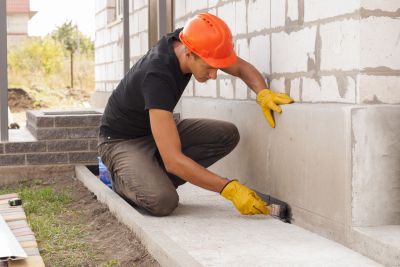
A professional applying waterproofing materials during spring on a building foundation.
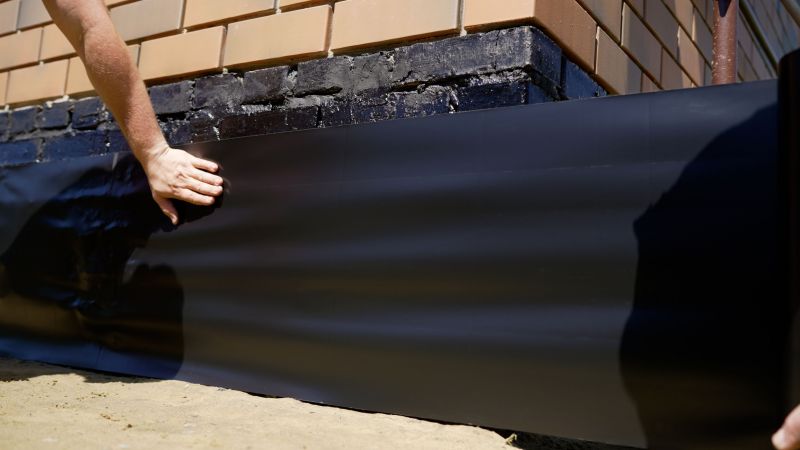
A construction site with waterproofing being installed during dry weather conditions.
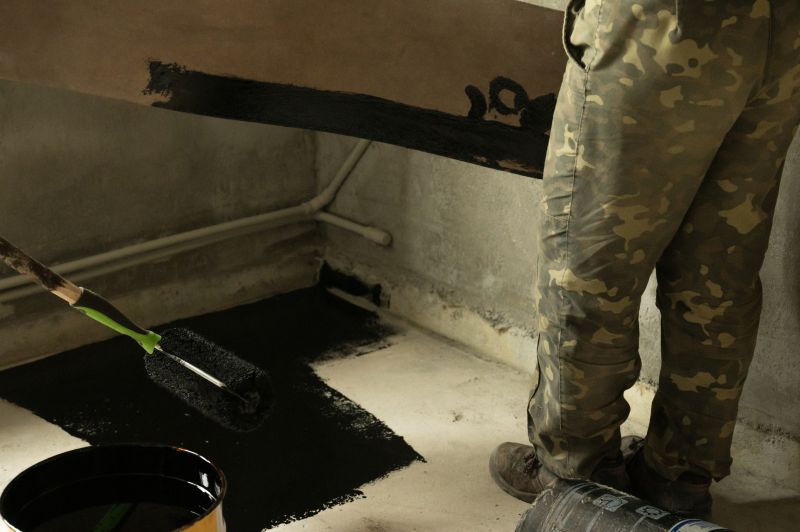
A team applying waterproofing layers on a basement wall before winter weather sets in.

Ways to make Waterproofings work in tight or awkward layouts.
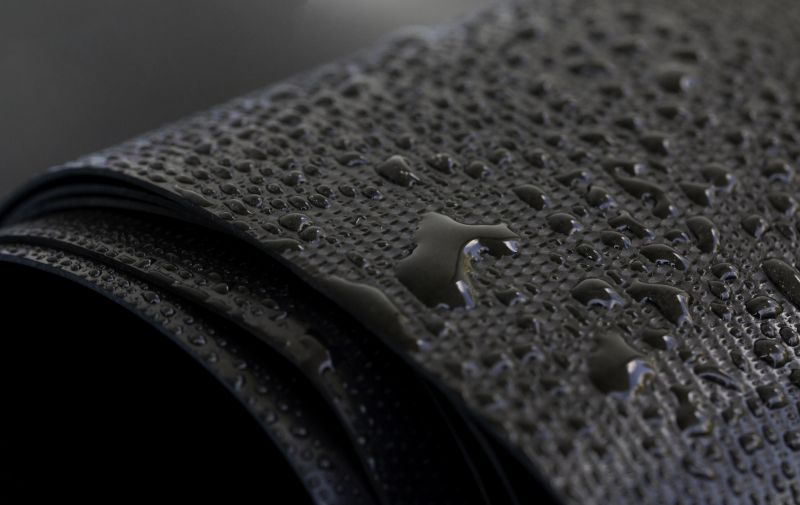
Popular materials for Waterproofings and why they hold up over time.

Simple add-ons that improve Waterproofings without blowing the budget.
| Season | Optimal Conditions |
|---|---|
| Spring | Moderate temperatures, lower humidity, ideal for application. |
| Summer | Warm and dry conditions, suitable if temperatures are not excessively high. |
| Fall | Dry weather and moderate temperatures, suitable for waterproofing. |
| Winter | Generally unsuitable due to freezing temperatures and high moisture. |
| Pre-storm periods | Applying waterproofing before heavy rain or snow enhances protection. |
Waterproofings are essential in safeguarding structures from water infiltration, which can lead to structural damage, mold growth, and reduced lifespan of buildings. Modern waterproofing materials include liquid membranes, sheet membranes, and sealants, each suited for specific applications and environmental conditions. Proper application timing, along with quality materials and techniques, ensures long-lasting protection and reduces the need for future repairs. Statistics indicate that correct waterproofing can extend the lifespan of a building by several decades, making it a vital investment for property owners.

A close-up of waterproofing membrane being installed on a residential foundation.
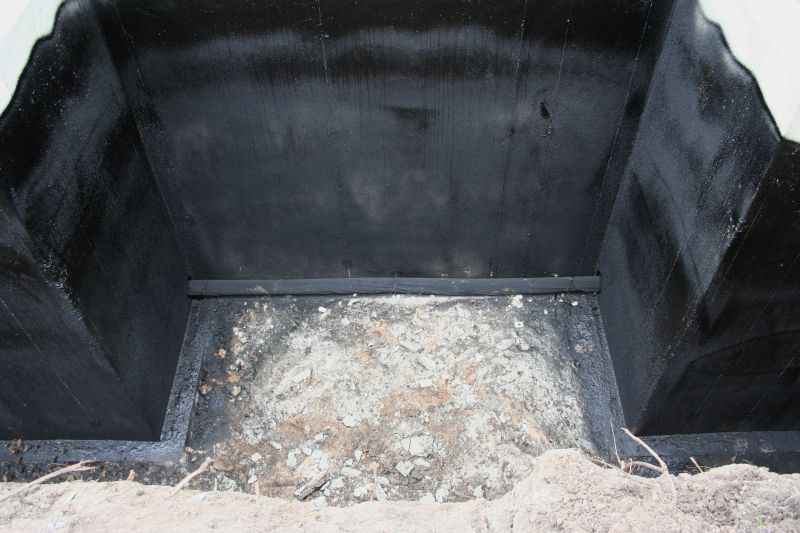
A worker applying waterproof coating to a basement wall exterior.
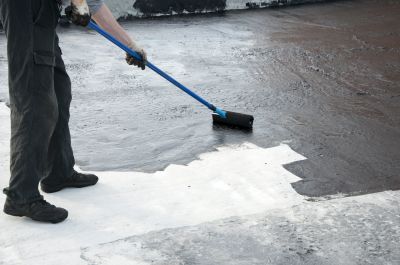
A flat roof with waterproofing layers being laid during construction.
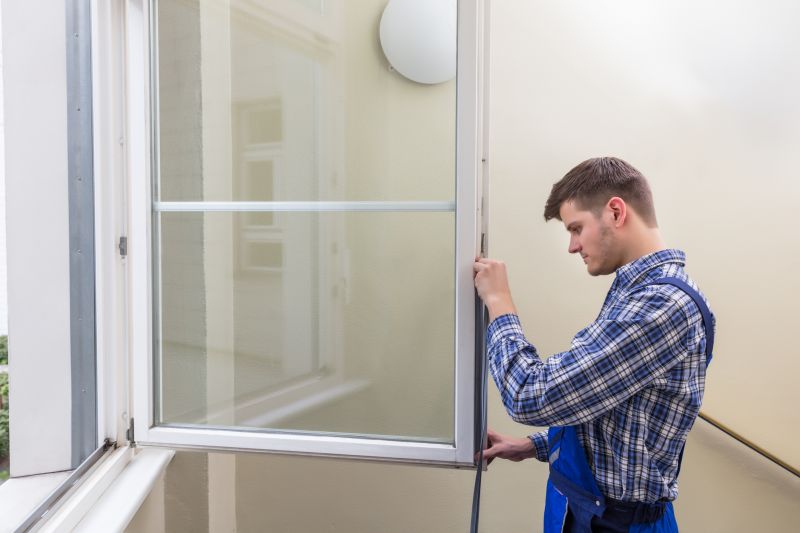
High-end options that actually feel worth it for Waterproofings.

Finishes and colors that play nicely with Waterproofings.
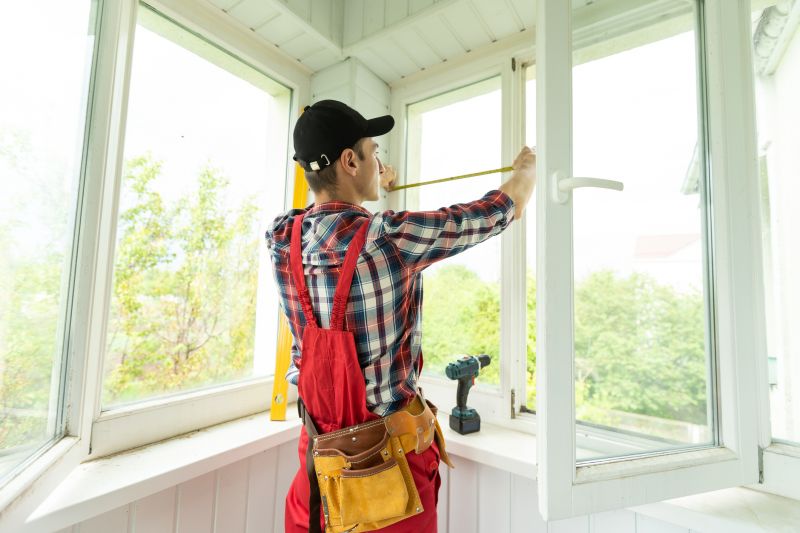
Little measurements that prevent headaches on Waterproofings day.
Interested property owners or builders are encouraged to consider the timing of waterproofing projects carefully. Proper scheduling ensures optimal results and long-term protection. For assistance or to discuss specific waterproofing needs, filling out a contact form provides a straightforward way to connect with experienced professionals in Chesterfield, MO.

